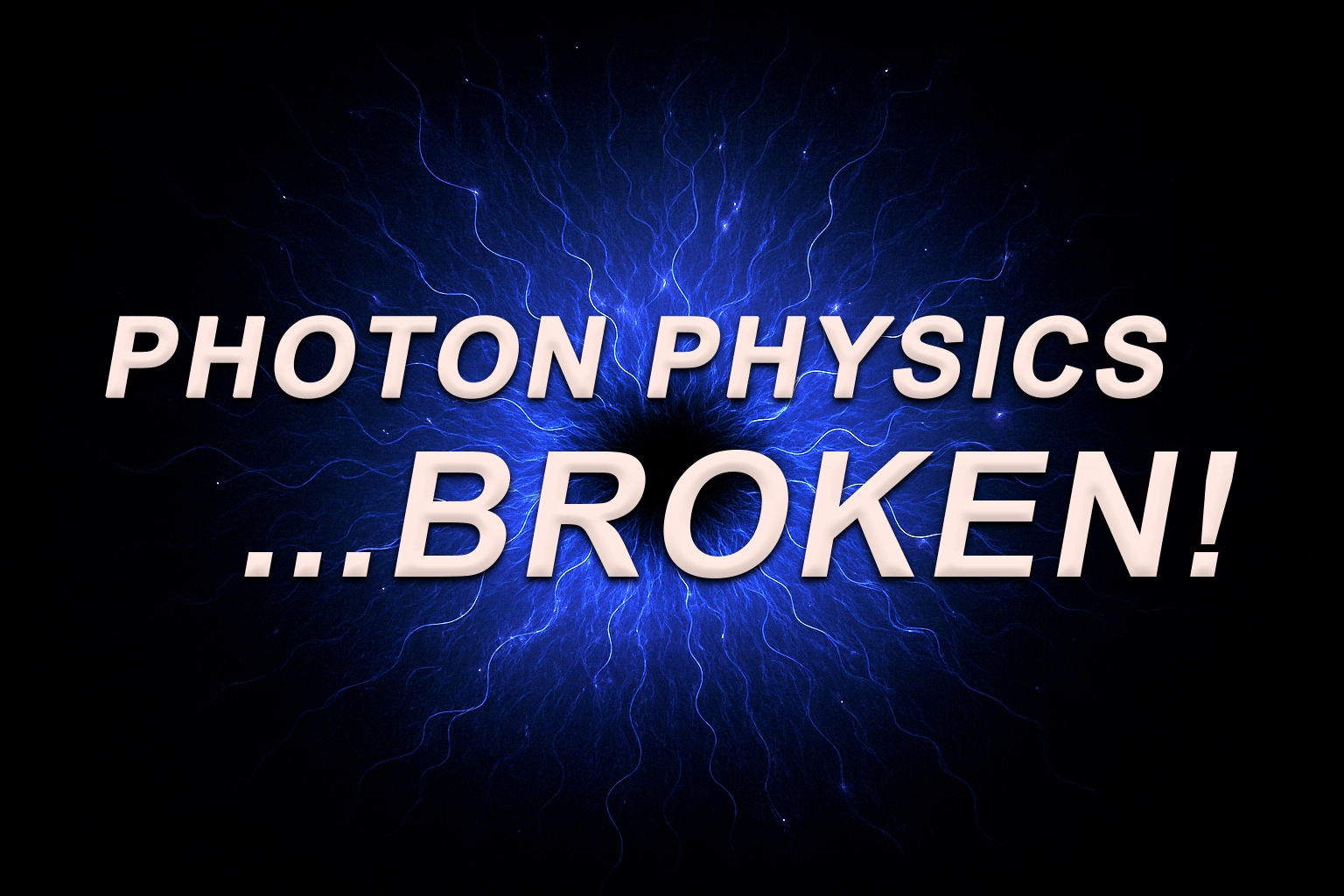Reinterpreting the Planck Satellite’s Cosmic Map through Acoustic Gravitic Theory
Mapping the Universe’s Microwave Background
In 2013, the European Space Agency’s Planck satellite unveiled the most detailed map of the cosmic microwave background (CMB), capturing the universe’s oldest light emitted approximately 380,000 years after the Big Bang. This full-sky map, often referred to as the “map of the universe,” showcases minute temperature fluctuations that correspond to regions of varying densities in the early universe. These variations are believed to be the seeds of all current cosmic structures, including stars and galaxies .(The Guardian, Phys.org, Max Planck Society)
The Planck mission’s findings have been instrumental in refining our understanding of the universe’s age, composition, and development. According to the standard interpretation, the data suggests the universe is approximately 13.8 billion years old—slightly older than previous estimates—and indicates a higher matter content than earlier believed.(Berkeley Lab News Center, WIRED)
Challenging Conventional Cosmology
While the Planck data aligns with the standard cosmological model in many respects, it also presents anomalies that challenge existing theories. For instance, the observed asymmetry in temperature fluctuations between the northern and southern hemispheres of the CMB and the presence of a large cold spot are not easily explained by the conventional Big Bang model .(Max Planck Society, WIRED)
These irregularities prompt questions about the completeness of our current understanding of the universe’s origins and structure. They suggest the need for alternative models that can account for these observations without relying solely on the concept of spacetime curvature.
Acoustic Gravitic Theory’s Perspective
Acoustic Gravitic Theory (AGT) offers a novel interpretation of the Planck satellite’s findings. Instead of viewing the CMB as relic radiation from a singular Big Bang event, AGT posits that the observed patterns result from ongoing plasma processes and wave interactions in the universe.(Phys.org)
In this framework, the universe is permeated by magnetosonic and Langmuir waves, which interact to form standing wave patterns. These patterns create regions of varying pressure and density, leading to the formation and organization of cosmic structures. The “map of the known universe,” as captured by Planck, thus reflects a dynamic, continuously evolving cosmos shaped by these plasma interactions.
AGT also suggests that gravitational effects arise from the pressure gradients established by these standing waves, rather than from the curvature of spacetime. This perspective aligns with observations of plasma behavior in laboratory settings and offers a testable alternative to traditional gravitational theories.
Implications for Our Understanding of the Cosmos
Reinterpreting the Planck data through the lens of Acoustic Gravitic Theory has profound implications for cosmology. It challenges the notion of a static universe born from a singular event, proposing instead a dynamic cosmos where structures emerge from continuous plasma interactions.(WIRED)
This perspective also aligns with the idea that our understanding of the universe “just keeps getting bigger” as our observational technologies advance. The “three-dimensional map of” the cosmos provided by Planck can be seen not as a snapshot of a bygone era but as evidence of ongoing processes that shape the universe.(Max Planck Society)
Furthermore, AGT’s emphasis on plasma processes and wave dynamics offers a framework that can be explored and tested through laboratory experiments and observations, potentially leading to new insights into the fundamental forces that govern the cosmos.
Conclusion
The Planck satellite’s comprehensive mapping of the cosmic microwave background has provided invaluable data that both supports and challenges existing cosmological models. Acoustic Gravitic Theory offers an alternative interpretation, viewing the universe as a dynamic, plasma-filled medium where structures arise from continuous wave interactions. This perspective not only accounts for the anomalies observed in the Planck data but also opens new avenues for research and understanding in cosmology.(The Guardian)
Original Source:
https://www.esa.int/Science_Exploration/Space_Science/Planck/Planck_reveals_an_almost_perfect_Universe
References:
Planck Collaboration. (2014). Planck 2013 results. Astronomy & Astrophysics, 571, A1. https://doi.org/10.1051/0004-6361/201321529
Peratt, A. L. (1992). Physics of the Plasma Universe. Springer-Verlag. https://link.springer.com/book/10.1007/978-1-4614-7819-5
Alfvén, H. (1981). Cosmic Plasma. D. Reidel Publishing Company. https://link.springer.com/book/10.1007/978-94-009-8679-8
Bostick, W. H. (1986). The Morphology of the Universe: The Plasma Universe. IEEE Transactions on Plasma Science, 14(6), 703–711. https://doi.org/10.1109/TPS.1986.4316597


